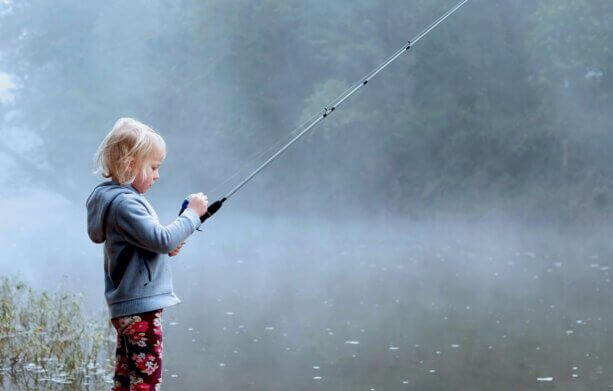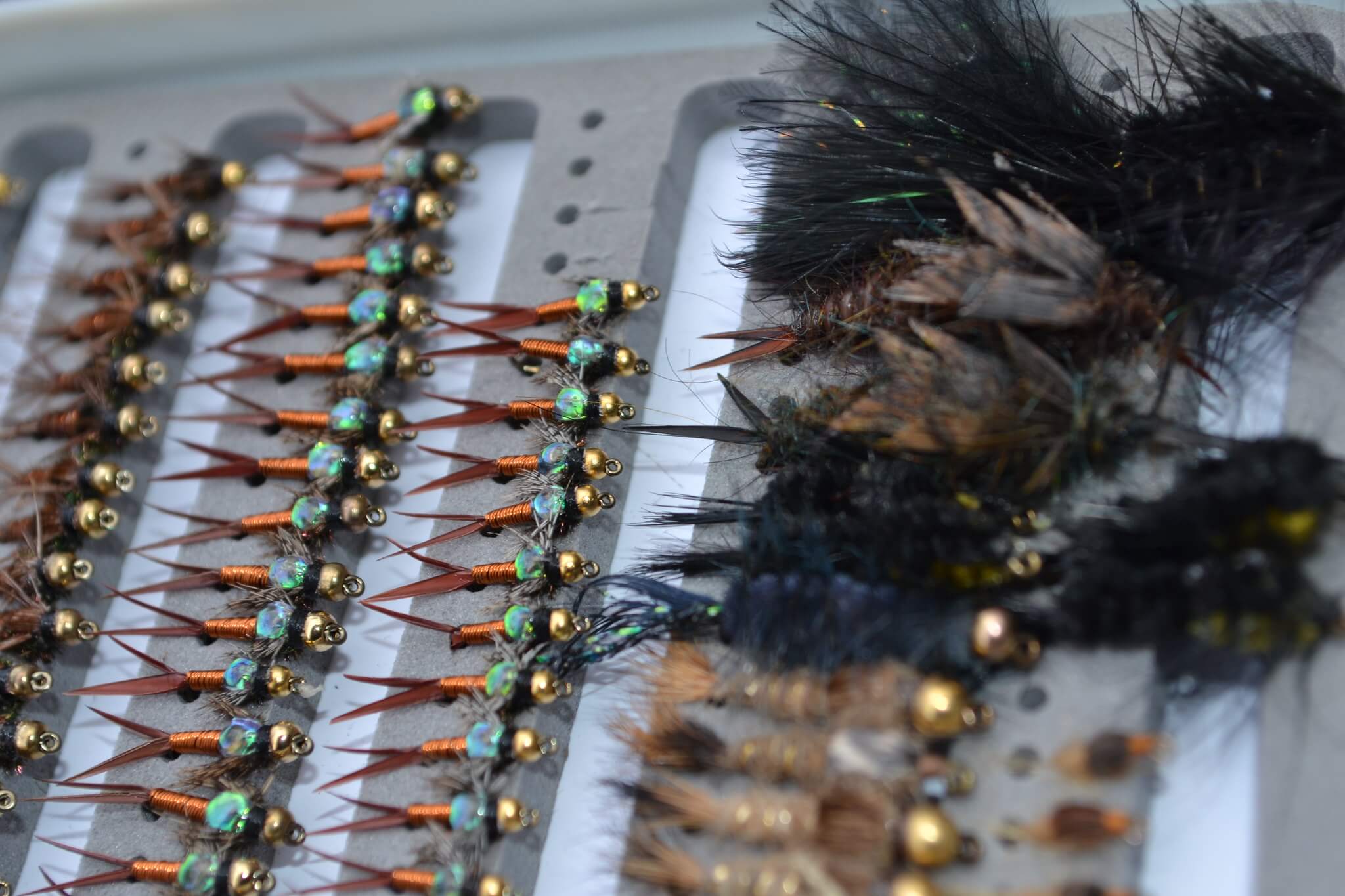
What are fly fishing flies? How do you use them? These are excellent questions for the beginning fisherman. As we go along, we will discuss these and some good examples of flies; but what are they? Flies are bait that are created to appear as specific bugs, feeding fish, smaller animals, and anything else a fish might deem is ready for a bite.
One Fly, Two Fly, Dry fly, Wet fly…
What are the different kinds of flies? Well, there are two basic forms; a dry fly and a wet fly. You can always get more specific (like a Streamer, Popper, or Saltwater Fly), but it always comes down to the two forms. The main differences between a dry and wet fly have to do with where the angler needs to place it in order to lure in a fish. A dry fly meant to stay on or at the surface of the water while attracting a fish and a wet fly is positioned under the surface in the area where fish often find food like eggs, worms and water insects. Adding weights to a wet fly to encourage a fish to strike below the surface at their feeding level is referred to as “nymphing”.
Wet Flies
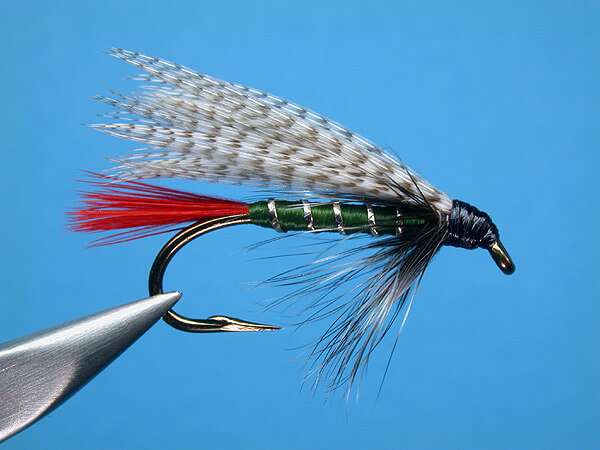
Grizzly King Wet Fly
A wet fly can be kind of tricky; so here are some tips. Wet flies are often swung into the current with more movement; instead of being adrift. This allows you to cover a lot of water if you don’t know where the fish are. Wet flies work best is shallow water with a gentle ripple and can get tougher with conflicting currents or in deep water. They often imitate bait fish or small aquatic insects so slow movement is key; because they can’t move fast against the current.
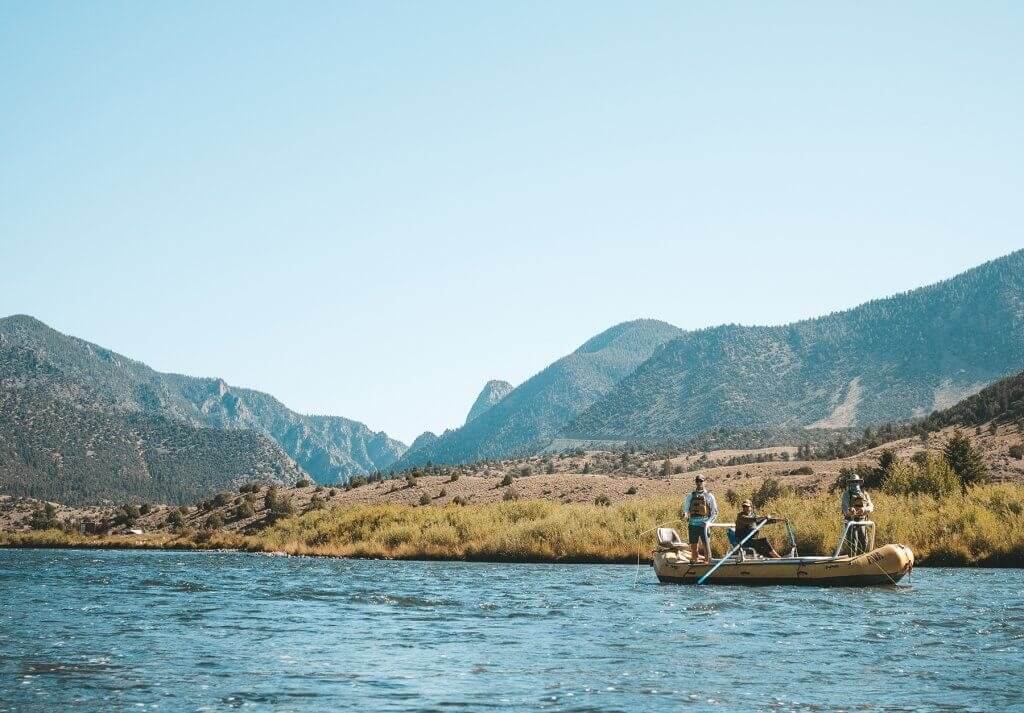
What is the best wet fly? It would be one that a local or guide could tell you about; but what if no one is around in the wilderness? If this is the case, look under the rocks in the stream and around the shore. Look for what the fish could be feeding on and then match your fly to what you find. Having a strike indicator could also give you an advantage. A strike indicator is typically just a small floating piece that you put on your line and they come in many shapes and sizes. You would want a strike indicator large enough to keep you fly from dragging on the bottom, but small enough not to spook the fish. It can also be used as a drag indicator because the best Fly fishing can only happen with little or no drag on the line itself.
Dry Flies
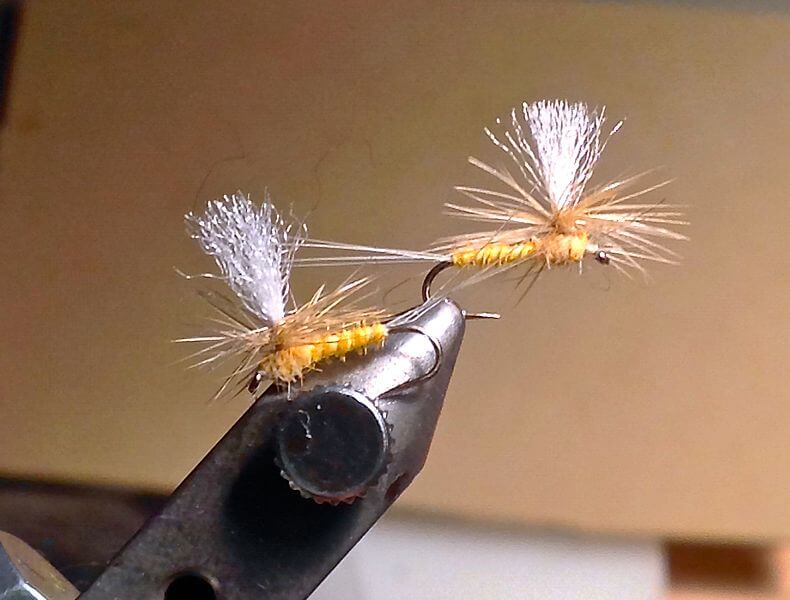
Parachute Sulfur Wet Fly
On the other side of things, we have dry flies. Above all else, the conditions have to be just right. Typically, the water temperature is above 50 degrees and is best when different kinds of flies are hatching (when the fish are looking up for food). Next, have a plan of attack! Watch the fish first so they don’t spook; and if they do, they will disappear in deeper water. As you watch them rise, see if they’re moving with the current or swimming still. Let the fly float over the fish, never land it directly on top of the fish (because they’ll never see it).
Just like wet flies; watch what they are eating because it may not be what’s flying around. You may need to switch out many flies multiple times before you get the right one. A more important variable than the pattern or color of the fly, is how it’s presented. Your body position can be a big part of this. You want to get close to the fish without spooking them; and without putting the fly line over them. You want to cast the fly off to the side, not right on top. If the fish are not easily spooked, get above them and cast downstream. Remember, the first float over a fish will be the best chance of catching it. The variable of drag (again) is even more important than the appearance and/or presentation of it. Drag is the most common reason a fish doesn’t take a dry fly and with each cast, you are more likely to spook the fish.
Flies to Bring Beginner’s Luck
If you are the beginning fisherman, here are some wonderful flies to start your adventure. For the Spring time, having a RS2 fly or a Zebra Midge can really help you along. The beauty of a RS2 fly is that it can be used year around. Even though they are a great all season, RS2’s perform best in the spring where the pattern is excellent to use on a variety of hatches.
Learn to tie an RS2 fly.
A Zebra Midge is rather simple to tie and yet can catch trout all year. They’re extremely useful to use in the early spring and cold months while most fish are focusing midges as it resembles the insects they’re searching for.
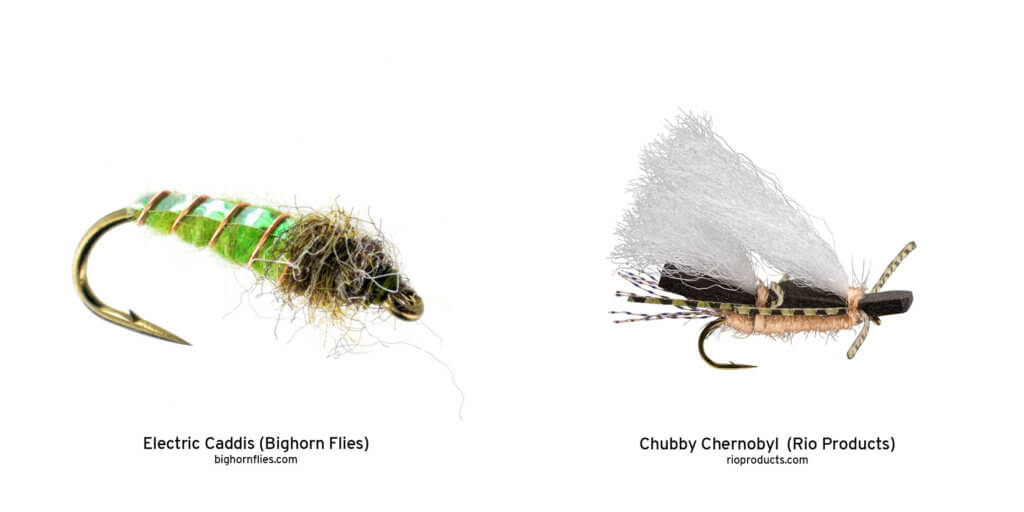
In the summer you are better off breaking out flies like the Electric Caddis or Chubby Chernobyl. The Electric Caddisor features a caddis larva pattern and bright green colors that are sure to get the attention of a trout during the early summer when the water is fast moving. Chubbies are simply great summer flies due to their ability to appear as a several different stoneflies.
Tying a Zebra Midge Fly is quite mesmerizing.
In recap, it’s not necessarily about what fly you use; it’s also about how and where you use them. You have to look around and determine what the kind of fly to use. Be careful about how you position yourself to the fish! You would want to be close to see the fish, but not so close where you can spook them. All in all, fly fishing can be a very enjoyable experience!

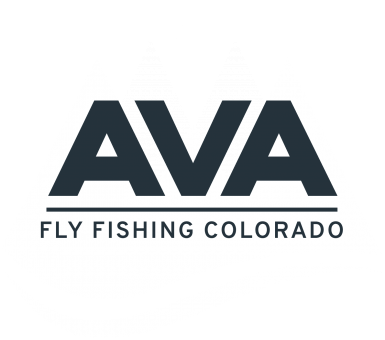

 TWITTER
TWITTER
